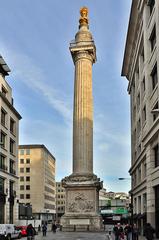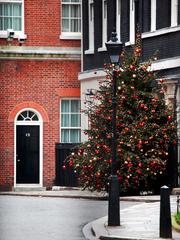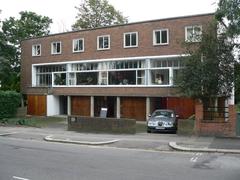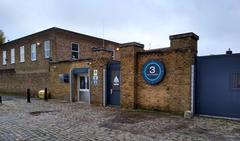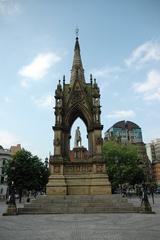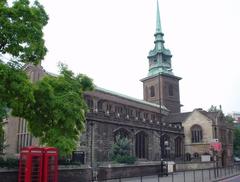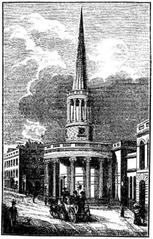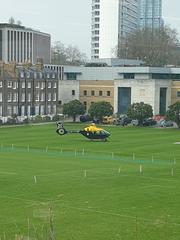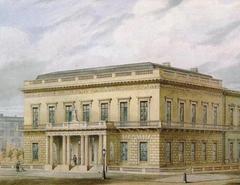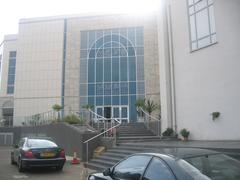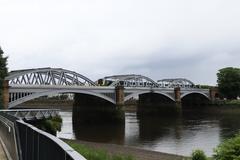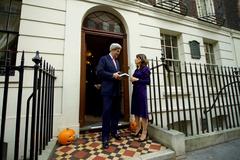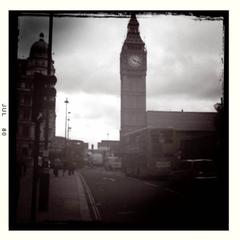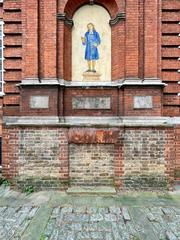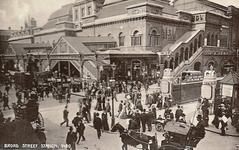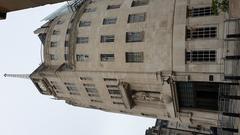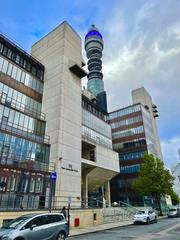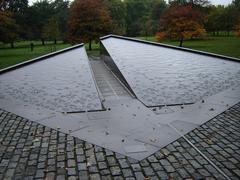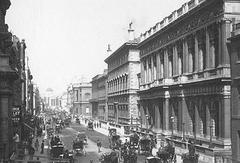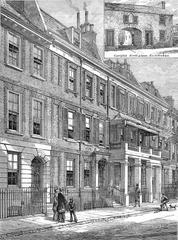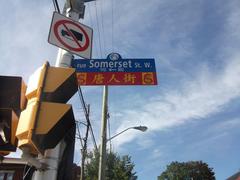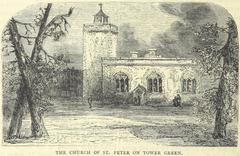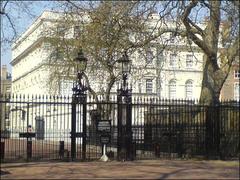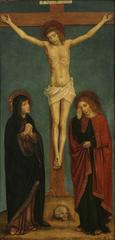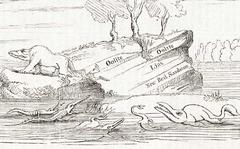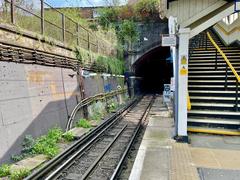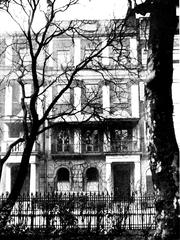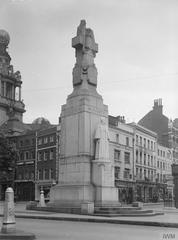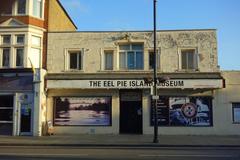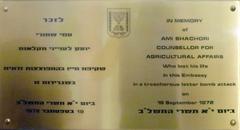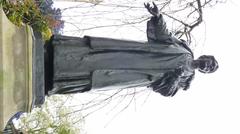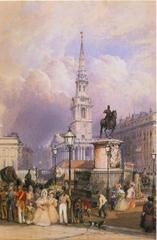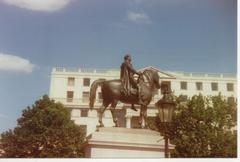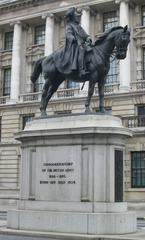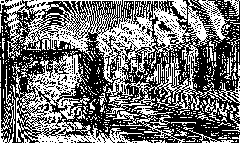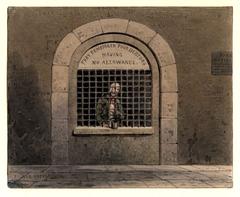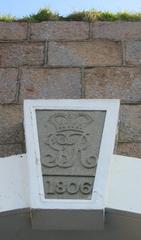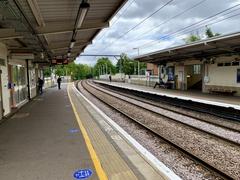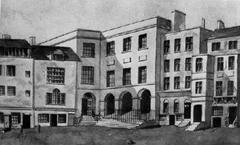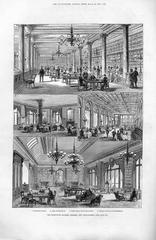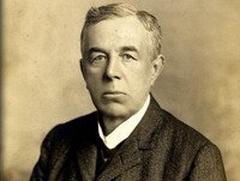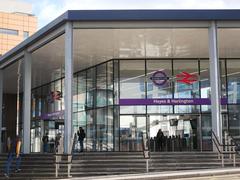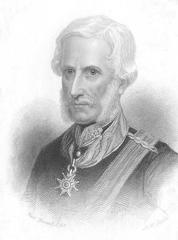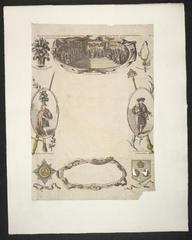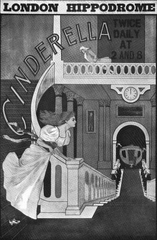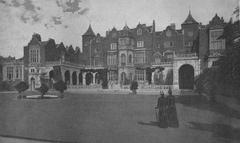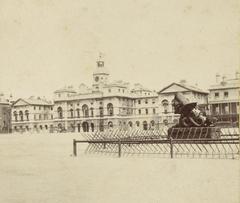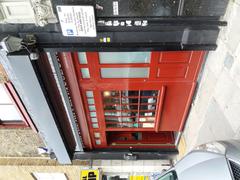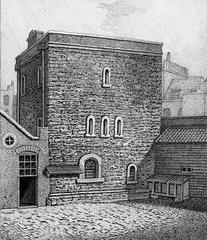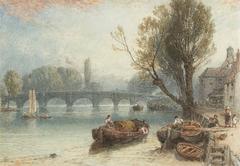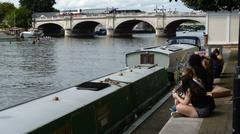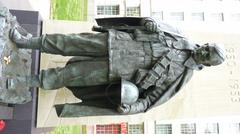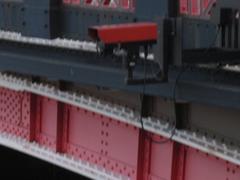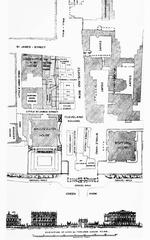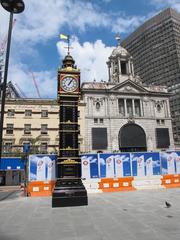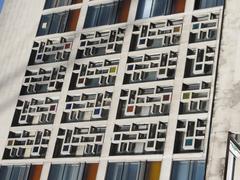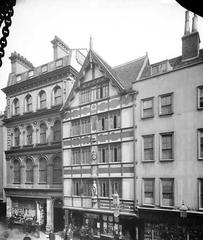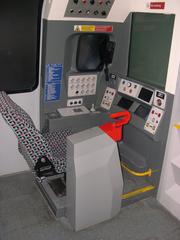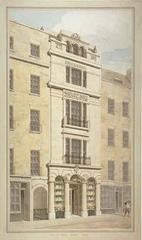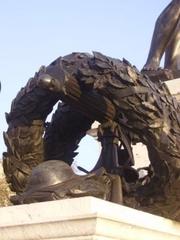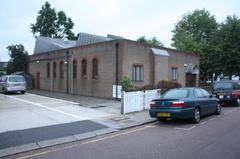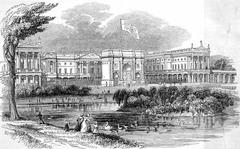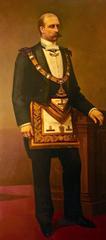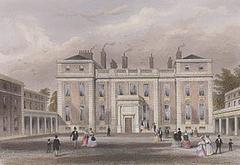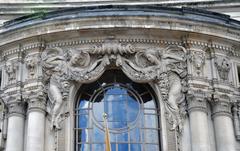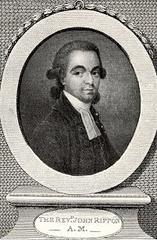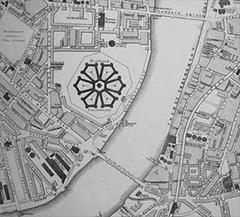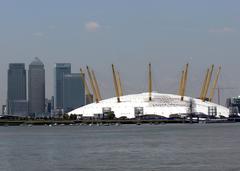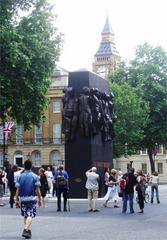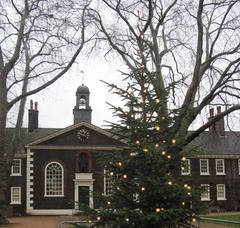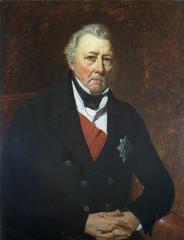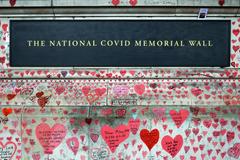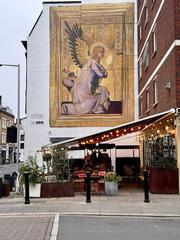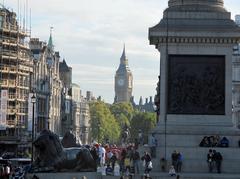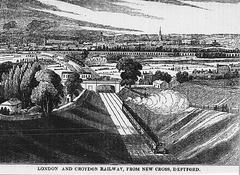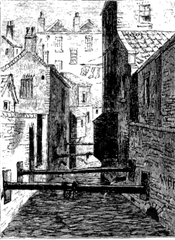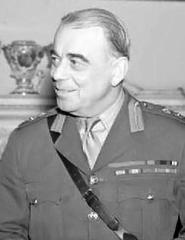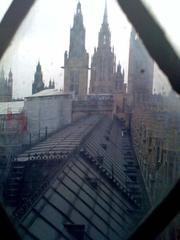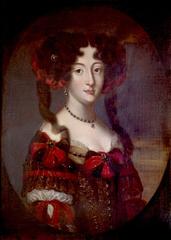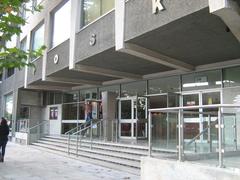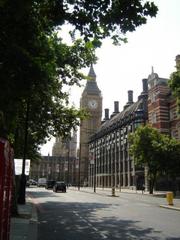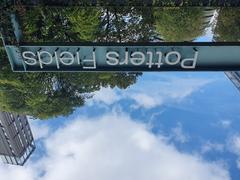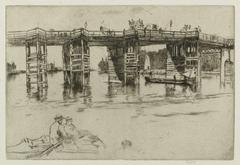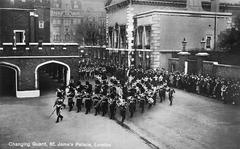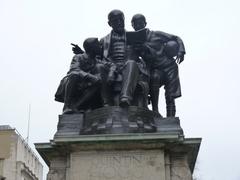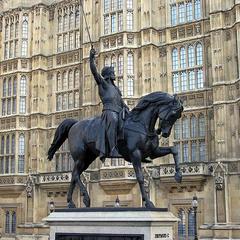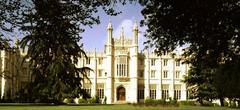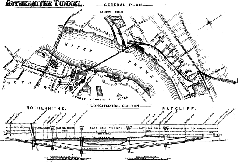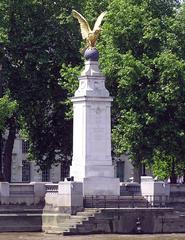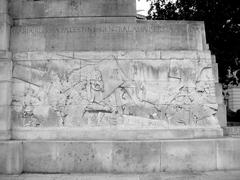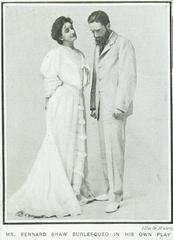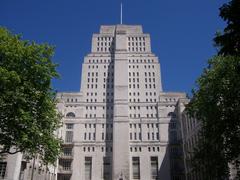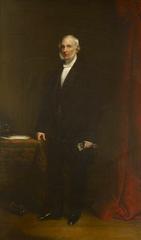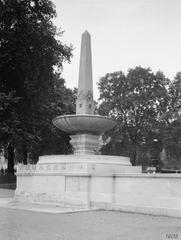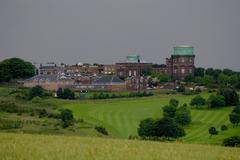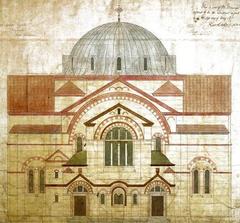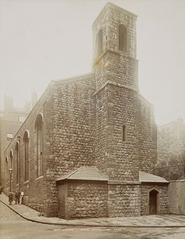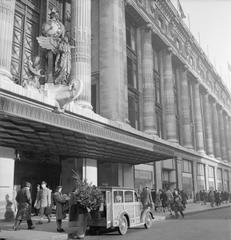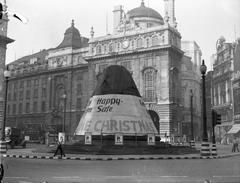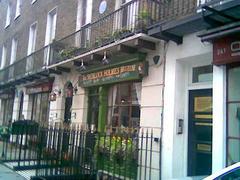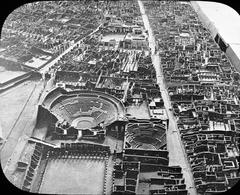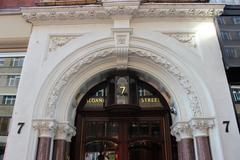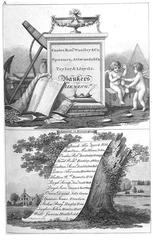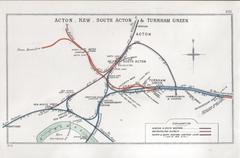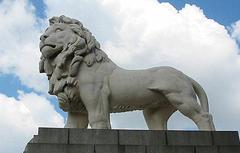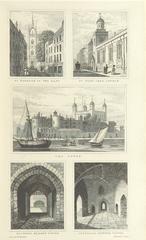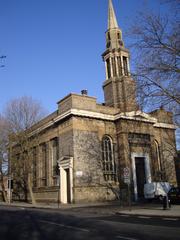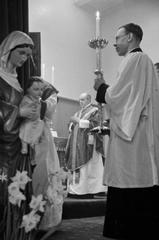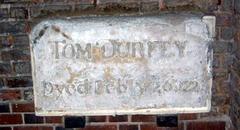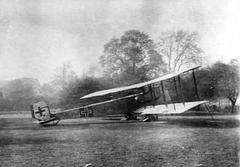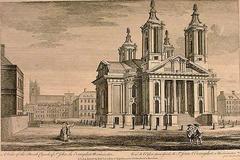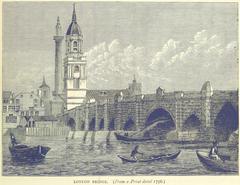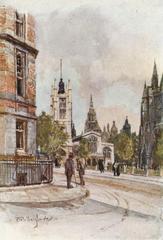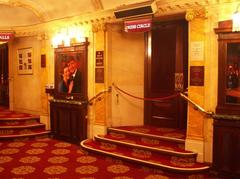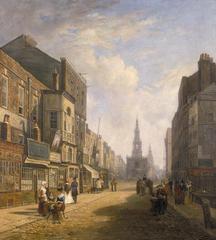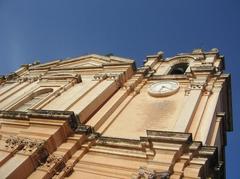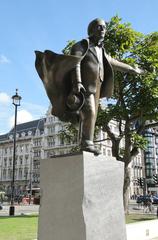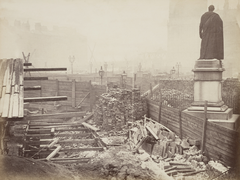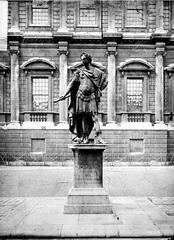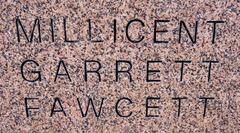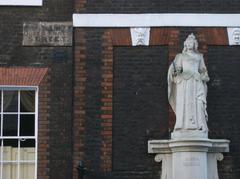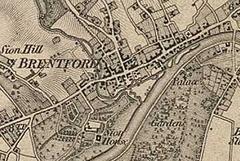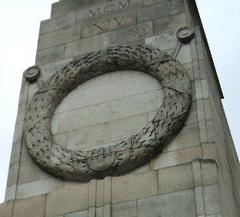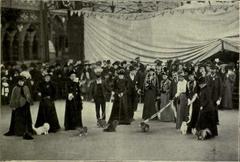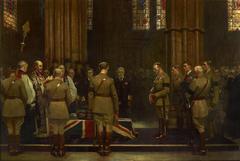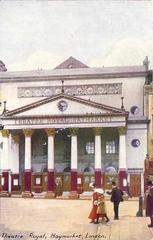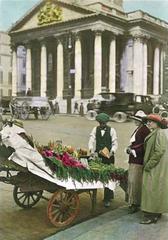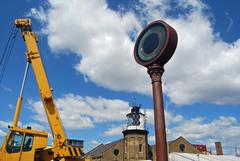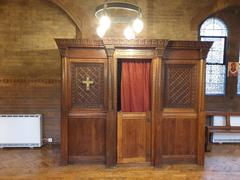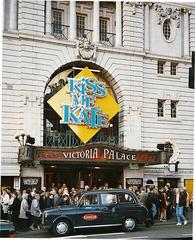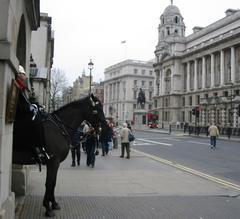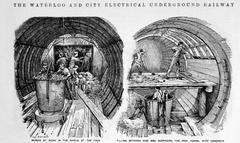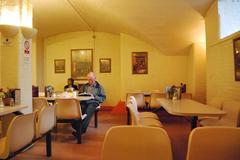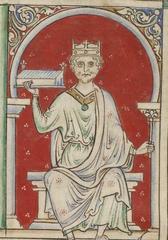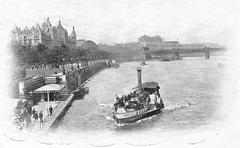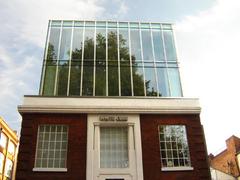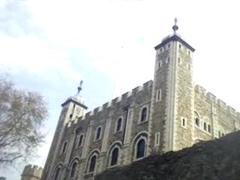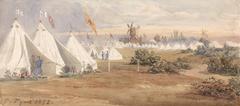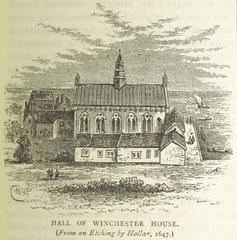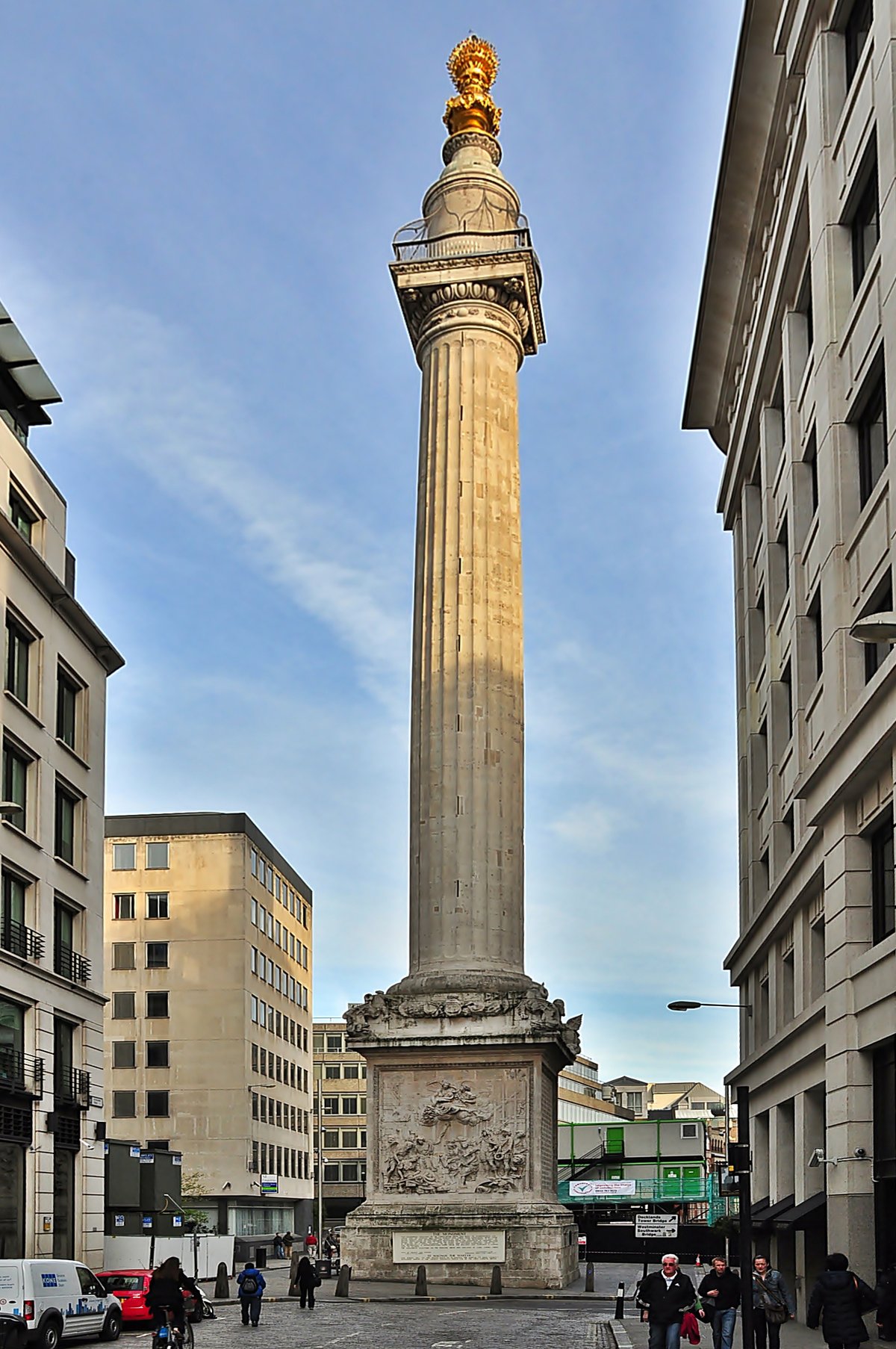
Comprehensive Guide to Visiting the Monument to the Great Fire of London, London, United Kingdom
Date: 17/07/2024
Introduction
The Monument to the Great Fire of London stands as a poignant reminder of one of the most catastrophic events in the city’s history. From September 2 to September 6, 1666, the Great Fire ravaged the medieval City of London, destroying approximately 87 churches, 13,200 houses, and numerous public buildings. The fire left an estimated 70,000 of the city’s 80,000 inhabitants homeless (Historic UK). Despite its devastating impact, the fire led to significant changes in building regulations and urban planning, ultimately shaping the modern cityscape of London. In response to this calamity, King Charles II and the City of London commissioned Sir Christopher Wren and Dr. Robert Hooke to design a monument to commemorate the event and celebrate the city’s resilience and rebirth (City of London). Completed in 1677, the Monument stands as a testament to the architectural and scientific ingenuity of the 17th century. This comprehensive guide aims to provide visitors with essential information about the Monument’s history, architectural significance, visitor tips, and practical details to enhance their experience.
Table of Contents
- [Introduction](#introductionintroduction)
- [History of the Monument to the Great Fire of London](#history-of-the-monument-to-the-great-fire-of-londonhistory-of-the-monument-to-the-great-fire-of-london)
- [The Great Fire of London](#the-great-fire-of-londonthe-great-fire-of-london)
- [Commissioning the Monument](#commissioning-the-monumentcommissioning-the-monument)
- [Design and Construction](#design-and-constructiondesign-and-construction)
- [Inscriptions and Symbolism](#inscriptions-and-symbolisminscriptions-and-symbolism)
- [Scientific Purpose](#scientific-purposescientific-purpose)
- [Restoration and Preservation](#restoration-and-preservationrestoration-and-preservation)
- [Visitor Information](#visitor-informationvisitor-information)
- [Tickets and Visiting Hours](#tickets-and-visiting-hourstickets-and-visiting-hours)
- [How to Get There](#how-to-get-therehow-to-get-there)
- [Nearby Attractions](#nearby-attractionsnearby-attractions)
- [Accessibility](#accessibilityaccessibility)
- [Special Events and Guided Tours](#special-events-and-guided-toursspecial-events-and-guided-tours)
- [Photographic Spots](#photographic-spotsphotographic-spots)
- [FAQ](#faqfaq)
- [Conclusion](#conclusionconclusion)
- [References](#referencesreferences)
History of the Monument to the Great Fire of London
The Great Fire of London
The Great Fire of London was a catastrophic event that occurred from September 2 to September 6, 1666. The fire started in a bakery on Pudding Lane and rapidly spread across the city, fueled by wooden structures and a strong easterly wind. The fire destroyed a significant portion of London, including 87 churches, 13,200 houses, and numerous public buildings. The estimated area affected was 436 acres, which was about four-fifths of the city. Despite the extensive property damage, the fire resulted in relatively few deaths, with contemporary accounts suggesting fewer than ten fatalities (Historic UK).
Commissioning the Monument
In the aftermath of the fire, King Charles II and the City of London sought to commemorate the event and the subsequent rebuilding of the city. Sir Christopher Wren, the King’s Surveyor of Works, and Dr. Robert Hooke, a prominent scientist, were commissioned to design a monument. The Monument to the Great Fire of London was intended not only as a memorial but also as a symbol of the city’s resilience and rebirth (City of London).
Design and Construction
The design of the Monument is a fluted Doric column made of Portland stone, standing 202 feet (61.57 meters) tall. This height is significant as it is the exact distance from the Monument to the site of the bakery on Pudding Lane where the fire began. The column is topped with a gilded urn of fire, symbolizing the Great Fire itself. Construction began in 1671 and was completed in 1677, taking six years to finish. The total cost of the project was approximately £13,450, a substantial sum at the time (British History Online).
Inscriptions and Symbolism
The Monument features several inscriptions in Latin and English, detailing the events of the fire and the subsequent rebuilding efforts. One notable inscription on the north side of the base reads, “This pillar was set up in perpetual remembrance of that most dreadful burning of this Protestant city, begun and carried on by the treachery and malice of the Popish faction.” This inscription reflects the anti-Catholic sentiment prevalent in England at the time. However, this particular inscription was removed in 1830 due to its controversial nature (London Remembers).
Scientific Purpose
In addition to its commemorative function, the Monument was also designed for scientific purposes. Wren and Hooke, both members of the Royal Society, intended the column to serve as a zenith telescope. The hollow shaft of the column was used for astronomical observations, and the plinth contained a laboratory for conducting experiments. However, the scientific use of the Monument was short-lived due to vibrations from traffic and other disturbances (Royal Society).
Restoration and Preservation
Over the centuries, the Monument has undergone several restorations to preserve its structural integrity and aesthetic appeal. Significant restoration work was carried out in 1834, 1888, and most recently from 2007 to 2009. The latest restoration involved cleaning the stone, regilding the urn, and installing a new viewing platform. The project cost £4.5 million and was funded by the City of London Corporation and the Heritage Lottery Fund (BBC News).
Visitor Information
Tickets and Visiting Hours
The Monument is open daily from 9:30 AM to 6:00 PM, with the last admission at 5:30 PM. Tickets can be purchased on-site or online. The prices are £5.40 for adults, £3.40 for children, and £4.20 for concessions. Family tickets are also available (Visit London).
How to Get There
The Monument is located in the City of London, near London Bridge. The nearest tube station is Monument Station, served by the District and Circle lines. Several bus routes also stop nearby. For those driving, there are limited parking facilities, so public transportation is recommended.
Nearby Attractions
While visiting the Monument, you can explore other historical sites such as St. Paul’s Cathedral, the Tower of London, and the Museum of London. These attractions offer further insights into London’s rich history and are within walking distance.
Accessibility
The viewing platform is accessible via a spiral staircase of 311 steps, which may not be suitable for visitors with mobility issues. However, the exhibition at the base of the Monument is accessible to all visitors.
Special Events and Guided Tours
The Monument occasionally hosts special events and guided tours that provide deeper insights into its history and significance. Check the official website or contact the City of London Corporation for the latest information on upcoming events and tours.
Photographic Spots
For photography enthusiasts, the Monument offers several picturesque spots. The top of the column provides panoramic views of London, making it an ideal location for capturing the city’s skyline.
FAQ
Q: What are the visiting hours for the Monument to the Great Fire of London? A: The Monument is open daily from 9:30 AM to 6:00 PM, with the last admission at 5:30 PM.
Q: How much are the tickets to visit the Monument? A: Ticket prices are £5.40 for adults, £3.40 for children, and £4.20 for concessions. Family tickets are also available.
Q: How can I get to the Monument? A: The nearest tube station is Monument Station, served by the District and Circle lines. Several bus routes also stop nearby.
Q: Is the Monument accessible to visitors with mobility issues? A: The viewing platform is accessible via a spiral staircase of 311 steps, which may not be suitable for visitors with mobility issues. However, the exhibition at the base of the Monument is accessible to all visitors.
Conclusion
The Monument to the Great Fire of London is not just a historical landmark but a symbol of the city’s enduring spirit and resilience. Whether you are a history enthusiast or a casual visitor, exploring this iconic structure offers a unique glimpse into London’s past and its journey of recovery. Don’t miss the opportunity to visit this remarkable site and learn more about one of the most transformative events in the city’s history (BBC News).
References
- Historic UK, n.d., Author. https://www.historic-uk.com/HistoryUK/HistoryofEngland/The-Great-Fire-of-London/
- City of London, n.d., Author. https://www.cityoflondon.gov.uk/things-to-do/visit-the-city/attractions/monument
- BBC News, 2009, Author. http://news.bbc.co.uk/2/hi/uk_news/england/london/8327741.stm
